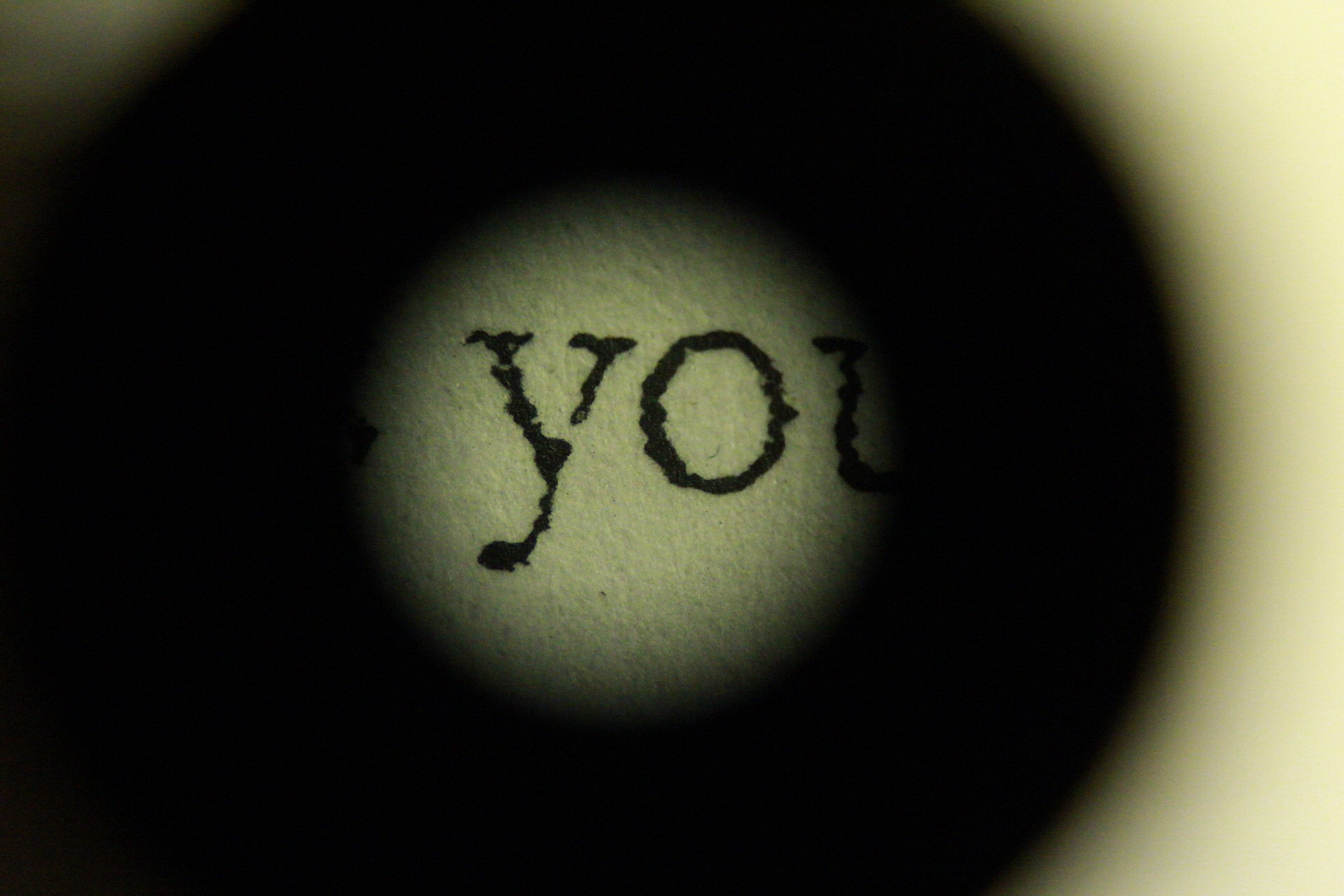OK, so the question is rather broad but I'm talking specifically about an article I saw on my FB feed. I chased it down to the original article here about using a compact camera and a Helios macro lens (58mm f2.0, reversed) to achieve photos of snow flakes.
To be honest, I think it's a hoax. I don't believe these shots were done with the setup described. Not only that, but he goes on to describe layering RAW images with a camera that doesn't even shoot RAW!
I know there is such thing as reverse macro photography but on this scale? They seem too perfect. Is there anything you can pick up from the images alone that can prove or disprove this setup?
For me;
1. He states "This holds lens at needed focusing distance from the glass with snowflakes (2,5-3 centimeters)" When the height of the upside down stool is much higher than that (about 30-40cm)
2. Where is the snow flake? On the glass or on the inside (bottom) of the stool?
3. {He talks about shooting RAW from a camera that doesn't support it.} With a firmware hack, it can (although I searched for "CHDK" in both articles and couldn't find anything.)
4. There are hairs near/around the snow flake (like carpet?) but there is none in the set up. Only wood and glass. "using dark woolen fabrics as background." but can not be seen.




